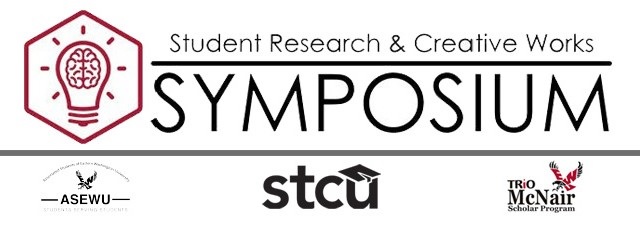Faculty Mentor
Justin Young
Document Type
Poster
Publication Date
Spring 5-2020
Department
English
Abstract
The English classroom has become challenging in this age. Not only are teachers expected to instruct students in the specifics of standard university English concepts and requirements but must also now combat post-truth. It is imperative that students are taught critical thinking to decipher what news is ethical and what is fake, while combatting implicit biases when choosing what to write in essays and projects to produce honest and trustworthy products. Students are often confronted with misinformation and without critical knowledge of how to analyze what they see and hear. They are vulnerable to consume and accept any information encountered. The aim of our project is to answer the question of how instructors can confront the concern of how to combat post-truth in the classroom. Especially when there is a significant lack of coverage of this topic in current curriculum. Our team conducted research on the topic to find effective ways to teach post-truth literacy with the help of digital tools. We examined current pedagogical approaches to the problem throughout national college curriculums. Not only did we find the tools, but we also discovered the issues of post-truth, fake news, and biases in the classroom. Our research uncovered that an effective way to reduce post-truth rhetoric is through multimodality. These texts offer a range of interaction through a variety of modes that allow students to experience and understand how they may be affected by fake news. By taking advantage of multimodal texts, teachers will have the capability to create a learning environment that is full of critical and ethical thinking for any discipline.
Recommended Citation
Russell, Graysen; Dundrea, Mike; and Carroll, Rachel, "Multimodal Learning in a Post-Truth World" (2020). 2020 Symposium Posters. 31.
https://dc.ewu.edu/srcw_2020_posters/31
Creative Commons License

This work is licensed under a Creative Commons Attribution-NonCommercial-No Derivative Works 4.0 International License.
Included in
Adult and Continuing Education Commons, Educational Methods Commons, Educational Technology Commons, Online and Distance Education Commons, Other Education Commons


